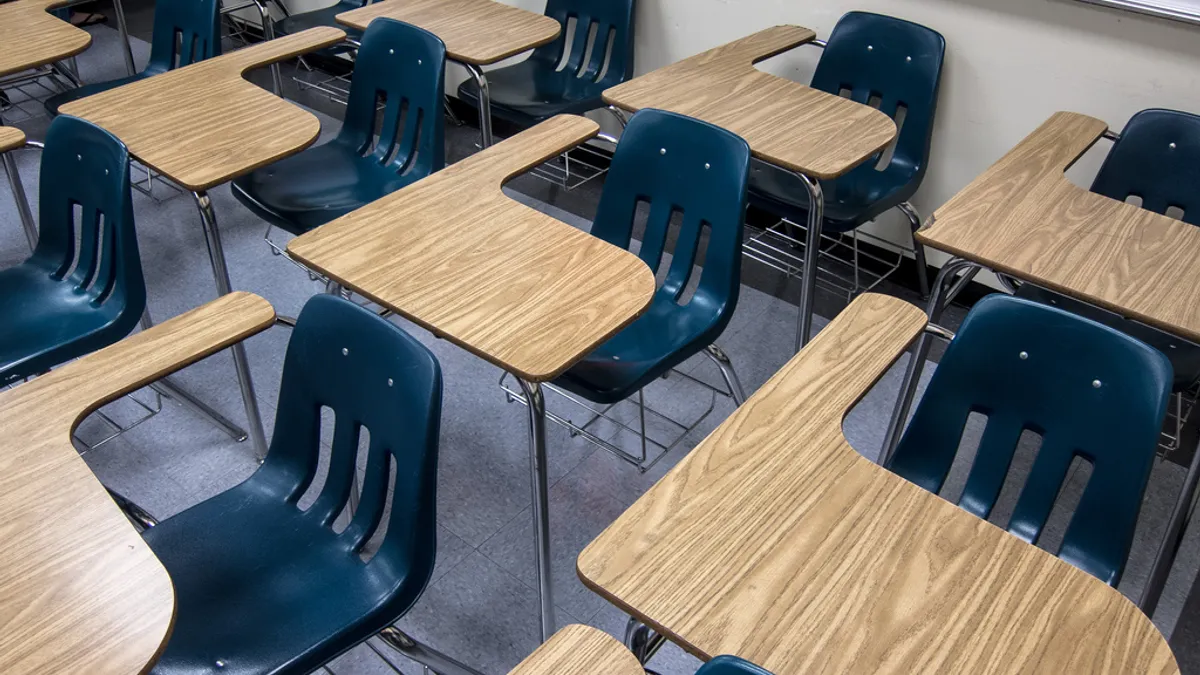Dive Brief:
- The California Charter Schools Association’s latest report, “Meeting the Needs of Every Student Through Inclusion,” details the special education programs at 10 California charters and the policies that make them successes.
- The study found charter schools in California, in general, keep their students with disabilities in general education classes for more time each school day than other types of schools — 88% of these students in charters spend more than 80% of their day in general education classes while the same is true for just 53% of special education students statewide.
- Key policies and practices at the 10 exemplary schools include embracing student differences as part of the school culture, prioritizing inclusion, having multi-tiered systems of support, using data-driven instruction and intervention practices, leveraging family and community partnerships, giving staff a say in professional development and having autonomy over special education funding and staffing.
Dive Insight:
One of the criticisms of the charter school sector is that they push out students who are the hardest to serve, including those with severe disabilities. Whether it is because of challenging enrollment processes, harsh discipline policies or straightforward pressure to transfer, critics argue charters don’t end up serving the same broad range of students traditional public schools do.
While this study highlights important best practices that any school can learn from, it is fair to question whether the data about inclusion and student performance is skewed by the sample. Only five schools out of the 10 profiled in the report employed or contracted with a moderate/severe education specialist. The median special education enrollment in the schools studied was 10%, slightly lower than national average of 13%.






 Dive Awards
Dive Awards





